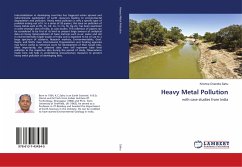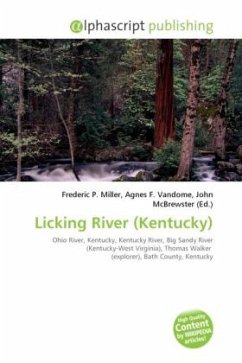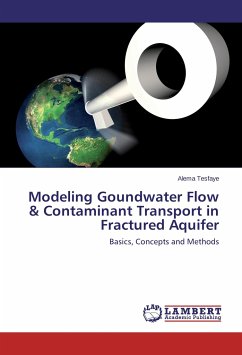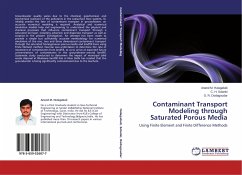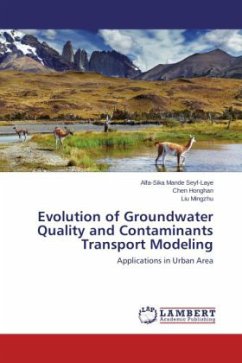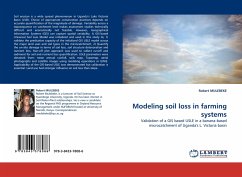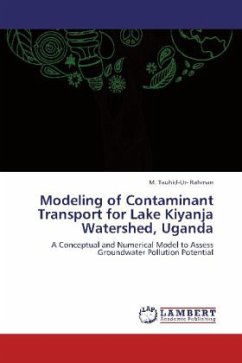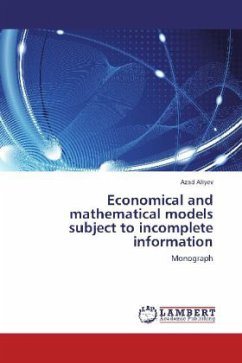
Sorption and Transport Modeling of Copper in Sandy Soil
An Laboratory Experimental Investigation
Versandkostenfrei!
Versandfertig in 6-10 Tagen
32,99 €
inkl. MwSt.

PAYBACK Punkte
16 °P sammeln!
Non-degradable persistent trace metals are the most problematic to the environment in the present decade; copper is one of the major toxic metal which is present in many industrial effluents. In this present study, the sorption and transport behavior of copper in sandy soil has been studied by laboratory batch, column and aquifer model experiments. Partitioning coefficient (kd) of copper on sandy soil has been determined by laboratory flow-through (or column) method.Analytical model CXTFIT (2.0) [Toride et al., 1995] and the Method of Moment (MOM) solutions of Das and Kluitenberg (1996) were u...
Non-degradable persistent trace metals are the most problematic to the environment in the present decade; copper is one of the major toxic metal which is present in many industrial effluents. In this present study, the sorption and transport behavior of copper in sandy soil has been studied by laboratory batch, column and aquifer model experiments. Partitioning coefficient (kd) of copper on sandy soil has been determined by laboratory flow-through (or column) method.Analytical model CXTFIT (2.0) [Toride et al., 1995] and the Method of Moment (MOM) solutions of Das and Kluitenberg (1996) were used to determine the transport parameters of the column experiments.A laboratory scale aquifer model (sand tank) experiment has been carried out to simulate the 2-D transport pattern of copper into the sandy soil. The data collected from the experiment was used for verification of this physical transport experiment by using a flow and transport simulation software (MODFOLW).In case of simulation of laboratory scale aquifer model experiment by using MODFLOW, the trends of predicted copper profiles were similar to the observed profiles.



